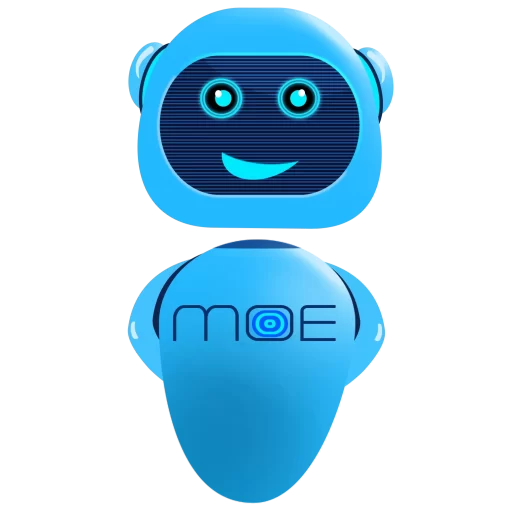Greetings and welcome to our blog! Today, we are going to embark on an exciting journey into the world of AI chatbots. Chatbots have become an integral part of various industries, revolutionizing customer interactions and improving efficiency. In this comprehensive tutorial, we will walk you through the process of creating your very own AI chatbot using the popular programming language Python.
Understanding the Basics of Chatbot Development
Let’s start with the basics. A chatbot is essentially a software program designed to simulate human-like conversations and assist users in various tasks. There are two main types of chatbots – rule-based and AI-powered. While rule-based chatbots follow a set of predefined rules, AI-powered chatbots leverage the power of artificial intelligence to enhance their conversational capabilities through natural language processing and machine learning.
In our Python tutorial, we will primarily focus on building an AI-powered chatbot to provide a more interactive and personalized user experience.
Popular Python Libraries for Chatbot Development
Python offers a wide range of libraries that simplify the process of creating chatbots. Some of the popular ones include ChatterBot, Natural Language Toolkit (NLTK), and TensorFlow. These libraries provide various functionalities and features that aid in the development of chatbots.
Building the AI Chatbot Using Python
Now, let’s dive into the practical aspect of building an AI chatbot using Python.
Setting up the Development Environment
Before we begin, it’s crucial to set up our development environment. This involves installing Python and the necessary libraries. Don’t worry, we’ll guide you through the process step-by-step, ensuring you have everything you need to get started. Additionally, we will consider any specific requirements for the AI chatbot platform you choose to work with.
Training the Chatbot
The success of an AI chatbot heavily relies on quality training data. In this section, we will explore how we can prepare and format training data to ensure our chatbot learns from relevant information. We’ll cover topics like the importance of training data and its impact on the chatbot’s conversational abilities.
Implementing Natural Language Processing
Natural Language Processing (NLP) is vital to enable the chatbot to understand and respond to user inputs effectively. Using the power of NLP, our chatbot will be able to comprehend the context and meaning behind user queries. We will guide you through the incorporation of NLP techniques using the Python libraries we mentioned earlier, enhancing the chatbot’s conversational capabilities.
Incorporating AI Capabilities
Now, it’s time to take our chatbot to the next level by incorporating AI capabilities. We will show you how to integrate machine learning algorithms to make the chatbot more intelligent and responsive. Techniques like sentiment analysis and entity recognition will be explored to enhance the chatbot’s ability to deliver accurate and contextual responses.
Deploying the Chatbot
With our chatbot built and ready to go, it’s time to deploy it for users to interact with. In this section, we will discuss various AI chatbot platforms available in the market. We will provide you with criteria to consider when selecting the most suitable platform for deployment. Remember, accurate deployment is crucial to ensure a seamless user experience.
Choosing an AI Chatbot Platform
There are several AI chatbot platforms out there, each with its unique features and capabilities. We will help you navigate through the options, allowing you to make an informed decision that aligns with your chatbot’s requirements.
Accurate Chatbot Deployment
Deploying a chatbot involves more than just clicking a few buttons. We will take you through the process of deploying your Python chatbot on the chosen platform. We will address potential challenges and provide best practices for ensuring a successful deployment, ensuring your chatbot is ready to serve its purpose.
Interaction with Python AI Chatbot
By Moe chatbot with Python can seem like a daunting task at first, but with our comprehensive tutorial, you’ll have all the guidance you need to unlock the power of chatbots. Python, combined with the capabilities of AI, offers endless possibilities for enhancing user experiences and revolutionizing customer interactions. So, roll up your sleeves, get ready to code, and let’s create your very own AI chatbot!
We hope you found this blog post informative and inspiring. Stay tuned for more exciting discussions on AI, programming, and the latest technological advancements!

